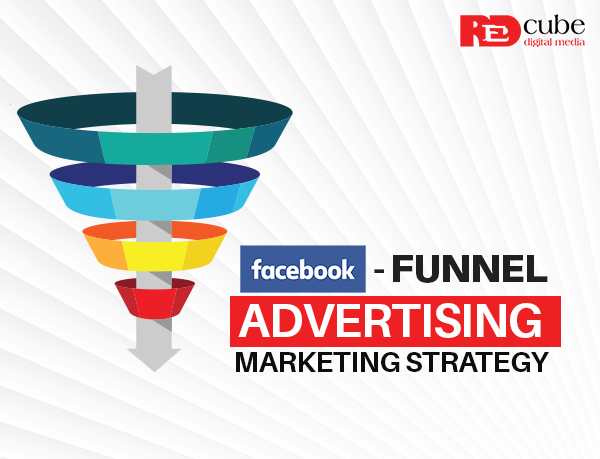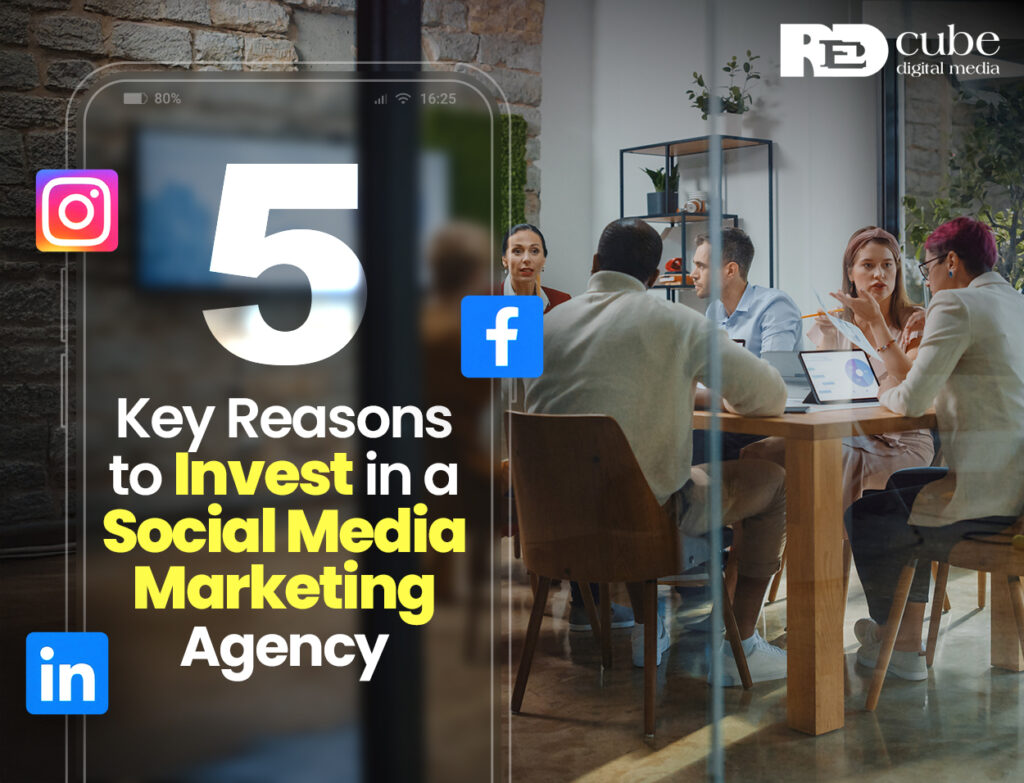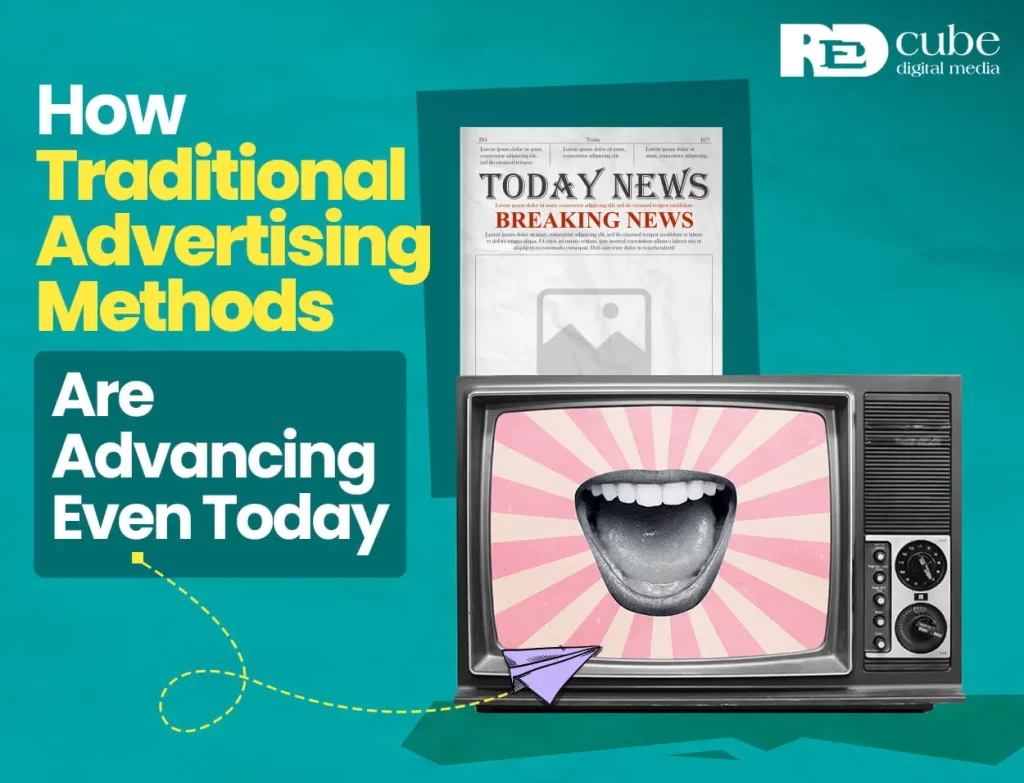Facebook marketing is an art, and if you’re going to succeed, you need to get to grips with the exact knowledge of the ad funnels. To sell your product or service via Facebook, you must know what Facebook ads funnel is all about. A Facebook ads funnel is basically a strategic technique that transfers customers from one level of purchasing to another.
Facebook isn’t a spot where you come and waste money only to make your advertising show on people’s news feeds. You could end up wasting your time and money on Facebook ads if you have started without a strategy. A prospective customer, who is not familiar with your product and service, sees your advertisement for the first time will most likely not buy into it. Most people come to Facebook to socialize and watch funny videos, not with the intent to buy or purchase something. As a brand or business what you can do is, gently coax the people present on Facebook to actually spend their money on your product or service. Of course, that will take time, because that’s what ad funnels are all about — they’re going to require time and commitment.
In this funnel advertising marketing strategy, we will be taking a deeper dive into Facebook ads and will guide you through the steps you need to take to build a successful Facebook advertising funnel.
Why Facebook Ads Funnel is so important?
One of the most visited websites in the world, after YouTube and Google, the social media platform Facebook receives more than 2 billion unique visits every month. With such a huge number, it obviously becomes a huge source of website traffic for different brands and businesses. But despite this enormous potential, many marketers and advertisers still miss the opportunity. They spend huge amounts on ads but receive very little in return. Some businesses still see Facebook advertising as a complete waste of money, as they are not aware of the power of FB ads.
Data has found that the overall click-through rate on Facebook is just above 1%, implies if 100 users see an ad, maybe one of them would click on it. And then, you’re really not sure whether the click would end in a sale. In order to prevent this pitfall, it’s necessary to start by warming the cold audiences up and stir up their interest. In this way, you can nurture that interest over time, before you put in the final invite to purchase.
The Three Stages of a Facebook Ads Funnel
The Facebook ad funnel can be divided into three parts: Funnel top, Funnel middle, and Funnel bottom.

This is the Full Facebook-Funnel Advertising marketing Strategy, showing all the stages of the funnel.
Image source- getmatcha.com
Top of Facebook Ads Funnel
In the Top of Facebook Ads Funnel, a brand raises awareness about their product, brand, offers, etc. Here you create and promote content to your targeted audience to make them conscious about your product ; convert them from colder audiences to a warmer audience. Keep in mind, not to be too salesy in the Top of Facebook Ads Funnel.
Middle of Facebook Ads Funnel
After making aware about your product and service to your targeted audience, a percentage of the people who saw it would take an interest. They might like your page, or want to learn more about you. At this stage, you can expect a message, sign up, or engagement on your content by your targeted audience.
Bottom of Facebook Ads Funnel
At this stage, conversion occurs. People who have taken an interest in your offering before could make the much-needed purchase. If they are happy with the product or service they bought from you, they might also bring repeat business. They might refer your product and your online brand identity to others, which could be your future potential customers.
Now that you’ve understood the idea and concept of ads funnel, let’s see the steps to making that work:
1. Know Your Ideal Audience
Which age demographic do you intend to target with your ad? Is your product or service made for Teenagers? Or for young adults or the elderly? There are numerous factors that decide your ideal audience which includes their location, their interests, their income, their spending capacity, and their behavior.
Once you understand your audience, it will become easier for you to create engaging content for them. This understanding will also help to reduce per acquisition cost.
2. Set up Facebook Pixels
Tracking the people who came from Facebook to your website is important to complete the funnel marketing strategy on Facebook. Facebook pixel is simply a code that is embedded in your website to track users that visited your website. When a user lands on your website, through your Facebook ad or Facebook page, with the help of pixels installed on your website, you can retarget them in the future.
3. Generate Awareness on Facebook through ads and content
Now, you have to work on creating an attention-grabbing ad that mildly tells your targeted audience why they might need your product or service. In this step, your ads should not work on the call-to-action (CTA) like- ‘Buy Now’ or ‘purchase now’ but instead it should be ‘Know More’ or ‘Learn More’. This is how you warm up the audience with your content. If you are setting up and managing Facebook advertising, first you need to get familiar with the Facebook Ads Manager.
4. Create Your Custom Audience
Facebook Custom Audiences allows you to create a list of people who have shown interest in your ad or page and allows you to target them. The people such as your past customers or the ones who have visited your website can be a part of your custom audience. To create a custom audience, go to the Facebook Ads Manager account and navigate to Facebook Ads Audiences. Here you can select the audiences based on those who interacted with your Facebook page or visitors who have engaged with your website or lead form earlier.
5. Create Ads for Your Warm Audience
Now as you have gone through running your first set of ads, some people will show interest by liking your page, or will like the ad post, drop a comment, or may click through your website. As you have now created a custom audience in the step above, this is the “warm audience” who is going to see your further ads and can be your potential customers. By these ads, you will make your warm audience more interested in your product or service.
6. Throw in Your Sales Pitch
Now you have a handful of users who are genuinely interested in your product, brand, or service and who had shown a deeper interest in your offering. At this point, you’ve moved your potential customers to the bottom of the funnel and it’s here that you go in for the sale. The people who gave you their email addresses or signed up through your Facebook ads are the ones who have shown direct interest.
Now, these are the ads that should have a direct call-to-action (CTA) like- ‘Buy Now’ or ‘purchase now’. You can also offer a discount or some other deal or promotion to get them to act more quickly.
7. Retarget
After almost completing the whole funnel, it is not that everyone will buy your product. Only some will make a purchase, some will start the purchase process but never get to the checkout and many of them won’t buy. In any case, you do need to reach out to these three types of users by targeting them, until they buy your product. By providing more knowledge through your creative ad campaign, you have to keep enticing them to buy. This is the whole purpose of a retargeting campaign.
Conclusion
As a business or brand looking to make sales via Facebook, creating random ads for your page, will not help you. You can turn the enthusiastic, cold audience to a potential, loyal customer if you work patiently on the Facebook-Funnel advertising marketing Strategy. The Facebook-Funnel marketing Strategy is a part of social media marketing, and cannot be ignored if you want to achieve results from social media.


